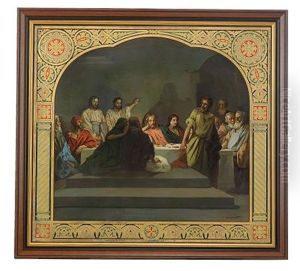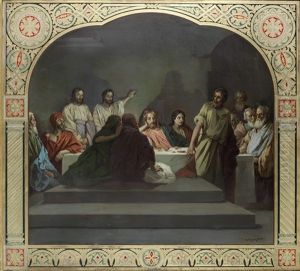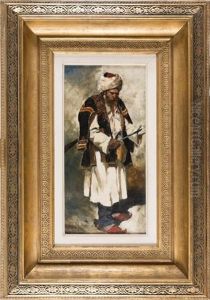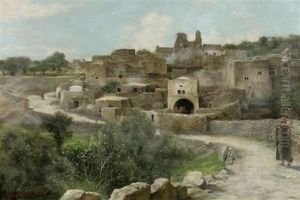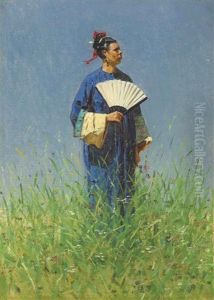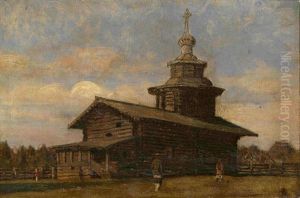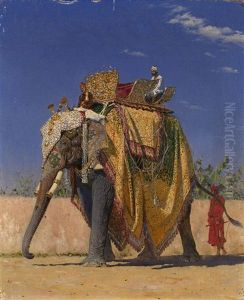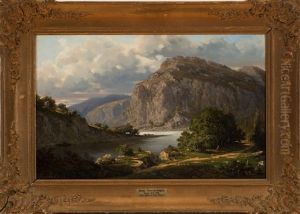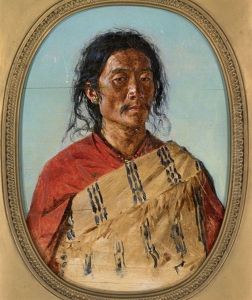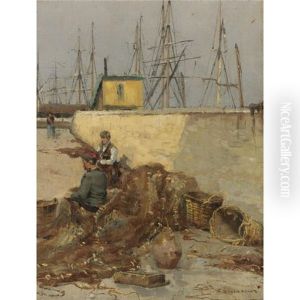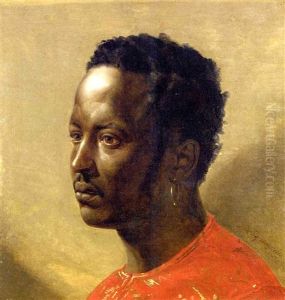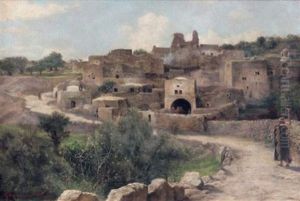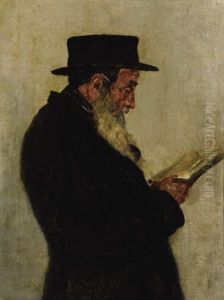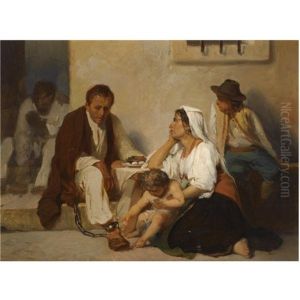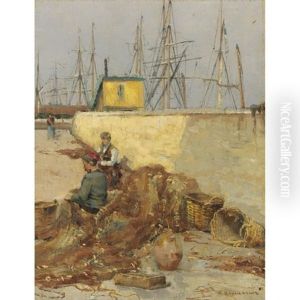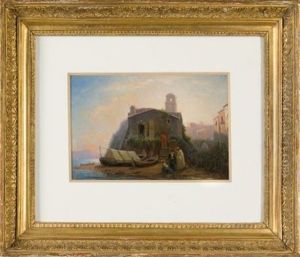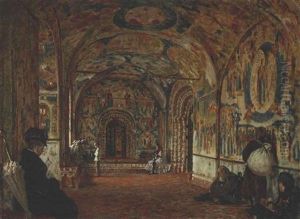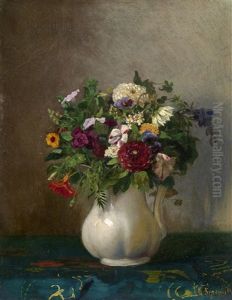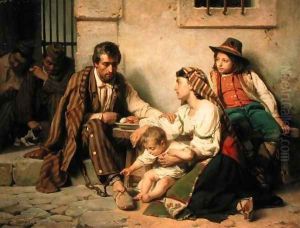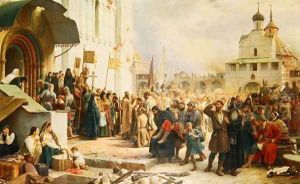Vasili Petrovich Vereshchagin Paintings
Vasili Petrovich Vereshchagin was a prominent Russian artist renowned for his war-themed paintings and his contributions to Orientalism. Born on October 26, 1842, in Cherepovets, Novgorod Governorate, Russian Empire, Vereshchagin was the first Russian artist to be widely recognized abroad. His realistic depictions of military life and his experiences in various campaigns set his work apart from that of his contemporaries.
Vereshchagin began his education at the Cadet Corps in St. Petersburg, with an initial career path directed towards the navy. However, his passion for art led him to abandon his military career and enroll in the Academy of Arts in St. Petersburg. Dissatisfied with the traditional and academic teaching methods, he left Russia to study in Paris under the tutelage of Jean-Léon Gérôme, a French painter who was a key figure in the academic art movement and an influential proponent of Orientalism.
Throughout his life, Vereshchagin was a traveler and often accompanied Russian military expeditions, which provided him with firsthand experiences of war. This unique perspective became the foundation of his work, setting him apart from other artists of his time. His travels took him to Central Asia, India, the Philippines, and other remote parts of the world, which greatly influenced his artistic style and the subjects of his paintings.
His major works, such as the Turkestan Series, the Balkan Series, and the Indian and Shipka Pass Series, reflect his commitment to depicting the truth of war. Vereshchagin's paintings are characterized by their attention to detail, use of light, and an almost journalistic approach to portraying the horror and brutality of conflict. He often faced criticism for his unflinching representation of violence, which challenged the romanticized visions of war common during his era.
Vereshchagin's dedication to realism and his humanitarian outlook led him to speak out against the atrocities of war, making him an early advocate for peace. His exhibitions were widely attended and sparked discussions about war and peace, art and society, and the role of the artist as a commentator on contemporary events.
Tragically, his life was cut short when he died in the Russo-Japanese War during the Battle of Port Arthur on April 13, 1904. Vereshchagin's legacy lives on through his powerful and evocative paintings, which continue to be exhibited and studied for their historical significance and artistic merit. His work remains a poignant reminder of the devastation of war and the human cost of conflict.
